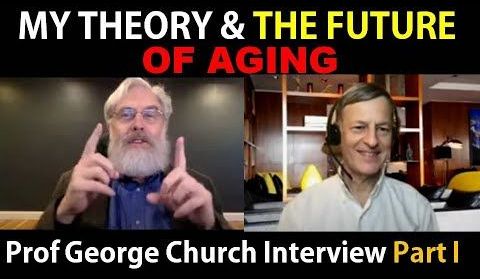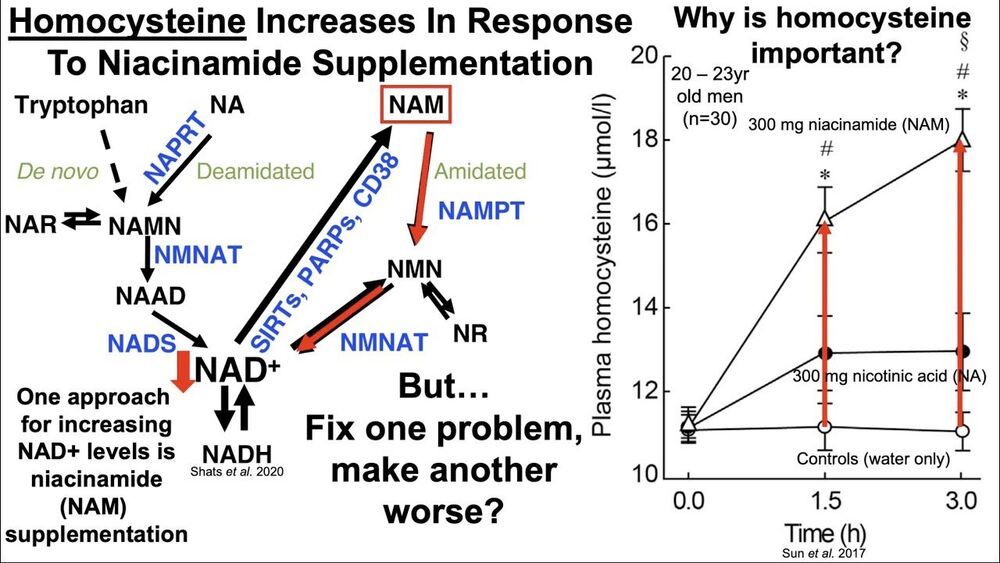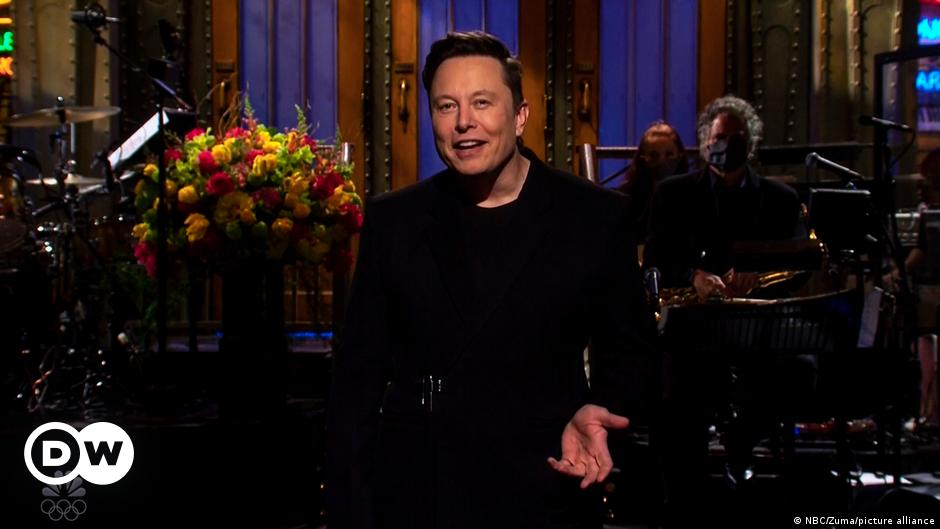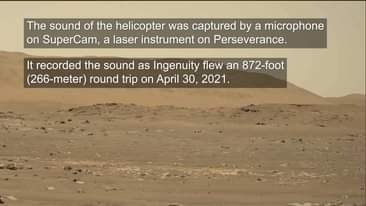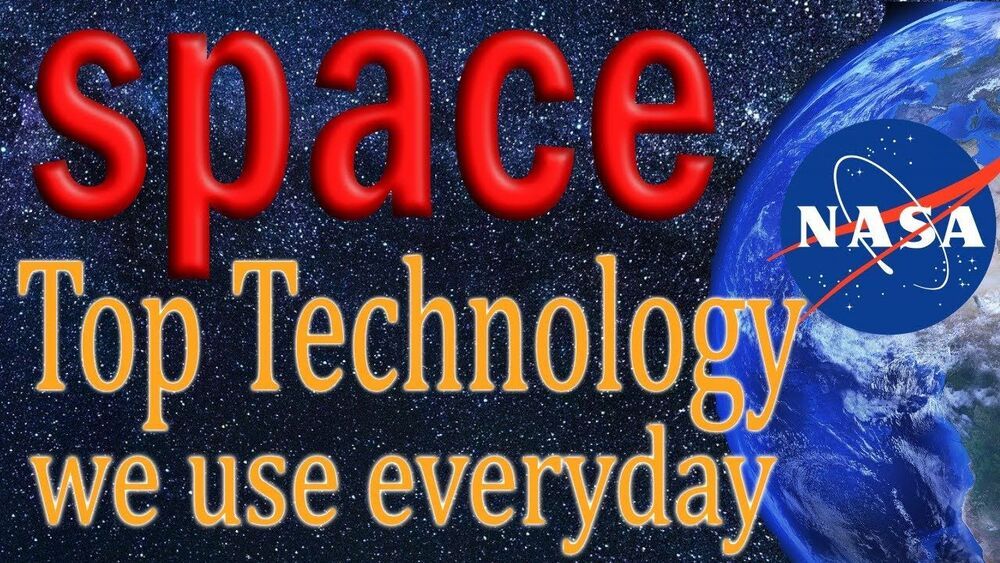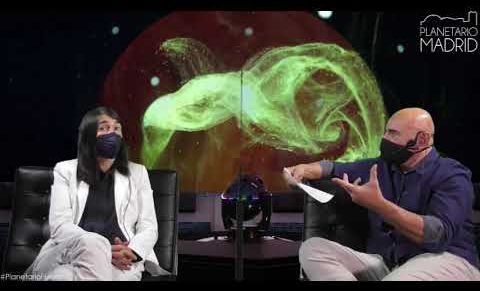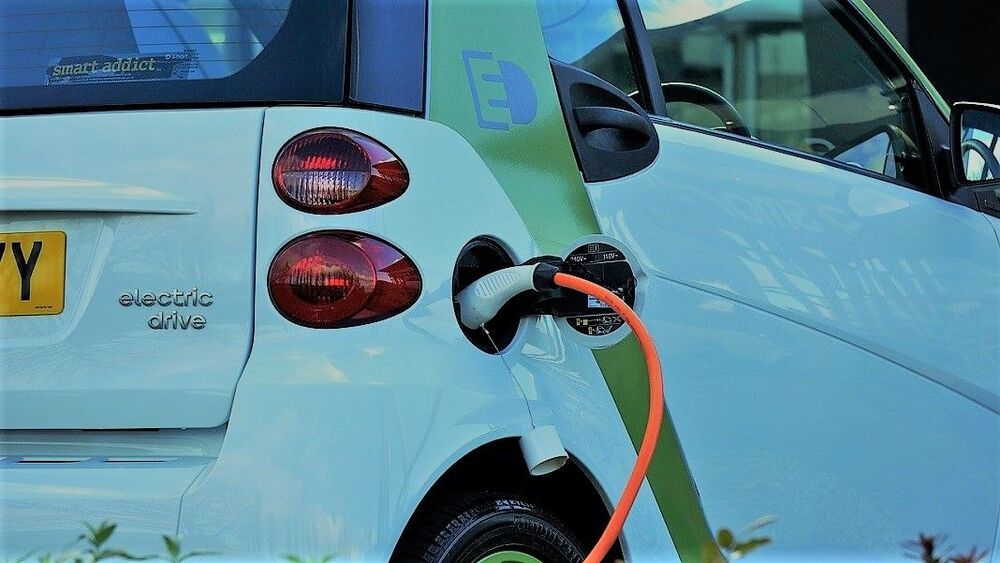7:01 they talk about Church’s comments of ending aging by 2030. Also this appears to be a part one.
In this video Professor Church talks about his theory of aging and touches on his ideas on the future of aging.
George Church is the Robert Winthrop Professor of Genetics at Harvard Medical School, a Professor of Health Sciences and Technology at Harvard and MIT. Professor Church helped initiate the Human Genome Project in 1984 and the Personal Genome Project in 2005. He is widely recognized for his innovative contributions to genomic science and his many pioneering contributions to chemistry and biomedicine. He has co-authored 580 paper, 143 patent publications & the book “Regenesis”.
